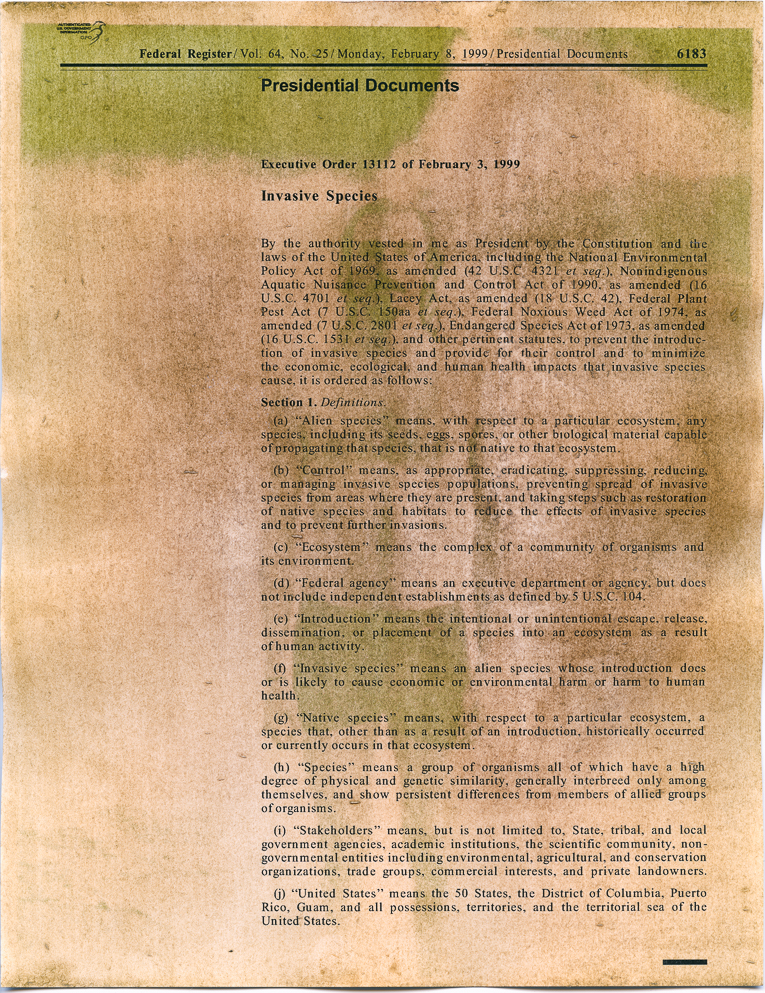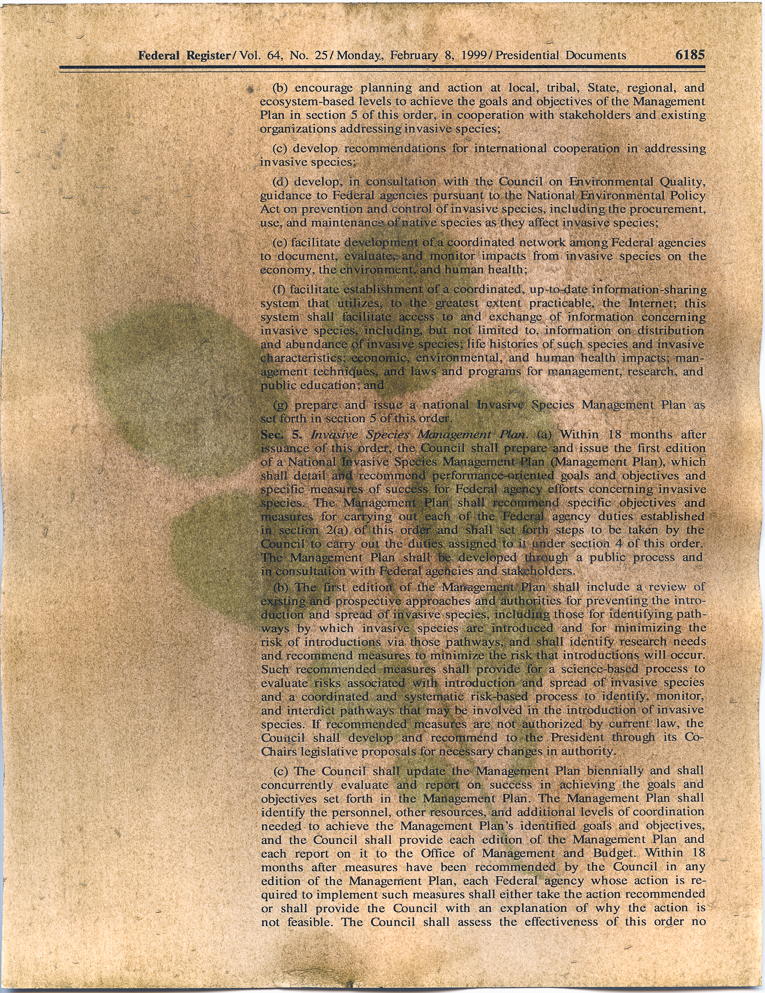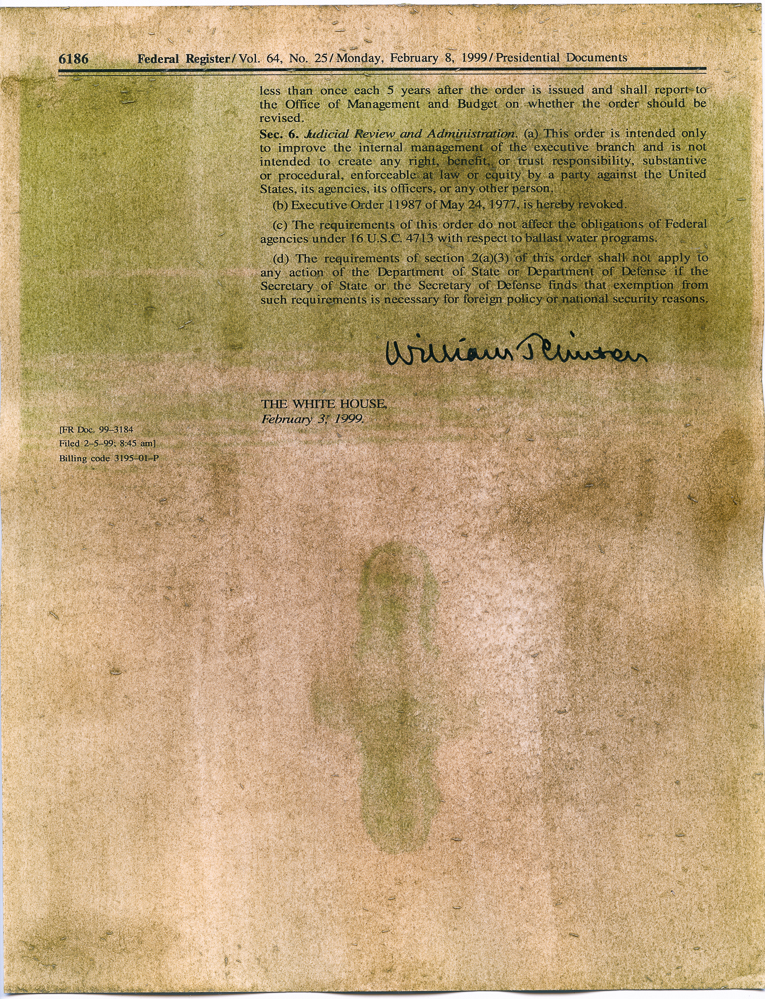Invasive
A photo essay using buckthorn from Hidden Beach: on invasive species and metaphors of human migration, and what it means to put down roots in a new place

I move to the city for water and love, prerequisites for survival. I feel stagnant in New Mexico, the dry air and hurt relations and large distances between most everything. With agency and under greater influence, I migrate my possessions and needs to Minneapolis.
Behind the brush of buckthorn that shielded Hidden Beach from roadside view, queer counterculture lushed in the late 19th century.1 In the early 2000s, the local neighborhood association removed the buckthorn shroud under the auspices of its invasive status. They have paid for family-friendly programming and police to be stationed on the beach.2 Yellow plastic toys now litter the beachfront alongside high school students on summer break and queer 20-somethings enjoying a drink. With the understory cleared, everything is visible; you will probably run into someone you know. Privacy is to be sought elsewhere: privacy to meet, to rest unobserved, to transgress.
Buckthorn, Rhamnus cathartica, native to much of Eurasia, was introduced to the United States as an ornamental bush. With tightly packed round leaves, it forms a dense lower canopy, shading out diversity. Its berries have become a major food source for rodents and birds that disperse its seed profusely due to its laxative effect. It provides shelter for the soybean aphid, a point of major concern for one of the country’s largest agricultural markets. Particularly in the Great Lakes region, the plant has significantly altered environmental, economic, and social ecosystems.3
I choose Minneapolis intentionally. I make a list of the things I want in a city: bikeable, young, water, queer, affordable, not-where-I-have-previously-lived. Packing a U-Haul makes me aware that I now need a U-Haul for my things. I choose this city despite having no history in the Midwest. I choose it because I have no history in the Midwest; there is a nostalgic dread in moving backwards. I was born on the East Coast and my ancestry stretches even further that direction, to Italy and Germany. Not knowing anyone, Google maps is my guide. Looking at the city with a bird’s eye view, I choose a space, a neighborhood to inhabit. Arriving in mid-winter feels like rejection, but I’m too high on adrenaline to notice. Spring comes and I feel alive through my pores, honeymooning with humidity.
Invasive species are one of the greatest threats to global biodiversity. Most environmentally conscious folk will nod in agreement, and salute efforts to uproot non-native species they pass in city parks.
However, this fact may have ballooned beyond its truth. Such dire claims made by scientific articles at the turn of the century were not always supported by data.4 Introduced species have had profound effects on environments and economies, but it is the exception, not the rule.5 Such apocalyptic claims were, however, quickened by xenophobic and militaristic rhetoric, capitalized upon by various forms of media.6 In her 2001 article, Banu Subramaniam quotes newspaper story titles on the subject of biological invasions: “Aliens Reeking Havoc; The Invasion of the Woodland Soil Snatchers,” [sic] “US can’t handle today’s tide of immigrants,” and “Creepy strangler climbs Oregon’s least-wanted list.” As Subramaniam points out, it is hard to tell whether these articles are about humans or plants. News and scientific reports alike are filled with anxieties of the hyperfertility, stealthy nature, and disease proclivity of the foreigners.7 The word “invasion” calls to mind marching hordes; the word implies an intentionality. One does not accidentally invade a country or a home. There is malice and violence and sweat lurking in this word, characteristics justifying defensive response. But this code does not map uniformly. The same rhetoric is not used in textbooks to describe colonization in the Americas or gentrification in neighborhoods. Such language is reserved for the marginalized: those on the outside of glass fortresses built on histories of violence.

As spring turns to summer, I settle in and go to the beach often. On my way down the path, I see signs proclaiming “Native Volunteers at Work!” and “Give Invasive Species the Brush Off”. At the beach head, I curl warm sand in my toes. Rolling over, I shield my eyes from light gleaming off the polished black police car, parked on the concrete slab erected for its vigilance. To the state I am not invasive: the cop is not looking for me on the beach. I am white, have long brown hair and well-mannered tattoos. I look like the government defining invasiveness. I pose no threat to its economy, to its lifeblood. And yet, I am invasive. I consume resources and produce waste that impacts my environment. I [re]define spaces through my privileged use of them. I did not historically occur in stolen Mni Sóta Maḳoce. I spread prolifically in the pursuit of life.
Clinton responded to the catalyzed awareness of invasive species with Executive Order 13112, mobilizing the country’s forces against the biological threat.8 It defined an invasive species as one “whose introduction does or is likely to cause economic or environmental harm or harm to human health.”9 With this document, war was declared on those who came to steal resources and space. In the same year, Congress signed into law the Agricultural Risk Protection Act of 2000, which allocated over $24 billion in subsidies towards the monocropping of predominantly non-native species.10 Corn and soy, in all their violent glory, are protected by law, despite the economic, environmental, and human harm they cause, because of the economic benefit they deliver.
At some point recently, I feel community in Minneapolis. That is, the subtle shift between many individual relationships and something greater than their sum. A slow process, one with many openings and closings of the heart. The term “naturalization” is used by ecologists to describe when an introduced species becomes self-sustaining. I’m becoming naturalized despite my invasive roots. I am able to pick up and renaturalize without resistance because of my invasive roots.
War is accompanied by nativist language of borders and defense, and this is no exception. Such othering language helps to rationalize eradication. Conservationists quickly become proponents of mass extirpation.11 In his executive order, Clinton defined native species as “a species that, other than as a result of an introduction, historically occurred or currently occurs in that ecosystem.”12 Rereading this definition doesn’t clarify the paradox: the script has been flipped and contorted. In keeping everyone in their “rightful” place, by encouraging locals to uproot the exotic species, white settlers are repositioned alongside native species.13 Invasive and native simultaneously, defined by the historical narratives of ordering the world, what Arturo Escobar coined as “imperial globality.”14 Schrodinger’s weed.
On the beach, I step out of the glossy, sun-warm water. The light is delicate, and a new friend takes my photo. It’s their birthday, and they invite me to join despite us not being familiar. I’m half submerged in the dense green water; my toes curl in the invasive lake weeds, my upper torso exposed to the soft light. Still-water highlights the ripples extending from my body as I pose for the camera.
Research suggests that buckthorn has allelopathic properties: the production of chemicals that inhibit the growth of other species. By living and growing, buckthorn’s roots, leaves, and seeds alter the soil chemistry to its benefit; it makes the space less hospitable for others, a biological gentrification. Buckthorn is removed at Hidden Beach in the name of biodiversity to create a space less hospitable for undesired behavior: environmental improvement used to depoliticize actions.15 This is the removal of invasive buckthorn as social allelopathy. It is easy to disregard the culture and politics of weeds until their human ties are considered.
I harvest buckthorn leaves around the lake, species removal in line with governmental decree. Soft green ovals punctuated with bright orange rust. I blend them and wring the pulp through a fine sieve to make a liquid that smells of fresh-cut grass. This chlorophyll broth is combined with vitamin C and washing soda to make a film developer. I agitate the film and latent images taken of me at the beach within this invasive cocktail. Upon revealing the film, the images are overdeveloped. Buckthorn, it turns out, is an aggressive developer.
Relevently, historian Simon Schama posits that “landscapes are culture before they are nature; constructs of the imagination projected onto wood and water and rock.”16 From its conception, biological invasiveness has been subjective to its impact, and impact is subjective to its definer. A weed disrupts the economy of a crop. Wildflower gardens are planted alongside tomatoes. Goats native to the Middle East are used in Minnesota to curb buckthorn. Purslane and amaranth are simultaneously native and invasive under the geopolitical dome of the United States; both significantly impact agricultural markets and hold significant cultural food traditions for migrant communities.
The code of place-based rhetoric maps subjectively with power. Within a beach, within a city, within a country, paradigms of belongingness crumble under scrutiny into their definition. Native peoples are forcefully relocated by the invasive government now defining modern invasions of plants and migrants. With their money, neighborhood associations decide what is family-friendly and who is not. People with privilege move across borders without harassment, while those forced to migrate by history’s momentum are denied acceptance.
Species move as a result of hyperobjects: climate change, colonialism, global economies. Forces so large that they are hard to conceptualize, forces so impactful they move species across the earth—some becoming invasive, some monocrops, some both. Which depends more on who stands to benefit from their arrival than where they originated from.
I paint a slurry of buckthorn leaves on paper, dry it, paint it, dry, paint, dry. Once the color is strong, I place the image my friend took of me on top and place both between panes of glass. I leave them exposed to the sun while I work and play and feel high and low and full and empty. Over the course of days, chlorophyll turns to brown around my form, and my image remains green as buckthorn.
